Search Images
Browse Content (p. 939)
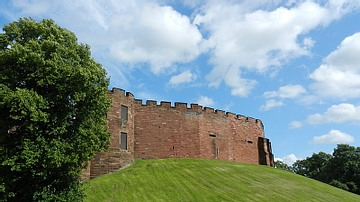
Image
Chester Castle
Chester Castle - Cheshire, England. Built in 1070 CE by Hugh d'Avranches, the second Earl of Chester.
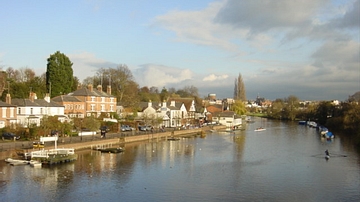
Image
The River Dee in Chester
North Bank of the River Dee in Chester.
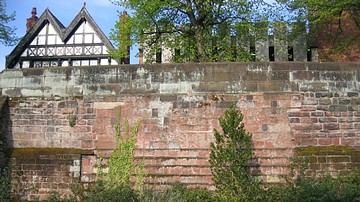
Image
Chester Walls: Civil War Damage
Siege damage to the Chester City Walls following the First English Civil War, 1645 - 1646 CE.

Image
Chester City Walls
Chester City Walls - Spur Wall and Water Tower. Built between 70 - 80 CE.
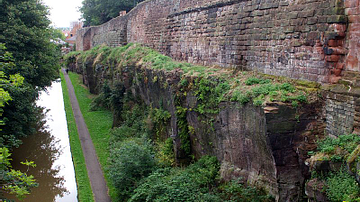
Image
Chester City Walls
Part of the Chester City Wall from Northgate to Phoenix Tower - seen from the North. Built between 70 - 80 CE.

Image
The Gjermundbu Helmet
The Gjermundbu Helmet is the best-preserved Viking helmet in the world. The helmet dates from the latter half of the 10th century CE. Exhibited at the Museum of Cultural History in Oslo.
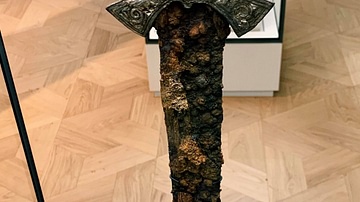
Image
The Sword from Langeid
The beautiful Sword from Langeid is from the first half of the 11th century CE. Now exhibited at the Museum of Cultural History in Oslo, Norway.
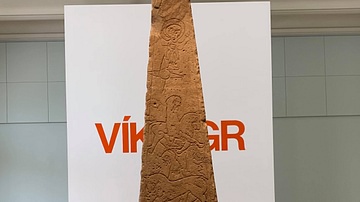
Image
Christian Runestone
A Christian runestone dating from the 11th century CE. The Stone which originally was located in Oppland, Norway is engraved with Christian symbols and motifs on one side and a personal message from a mother in remembrance of her daughter...
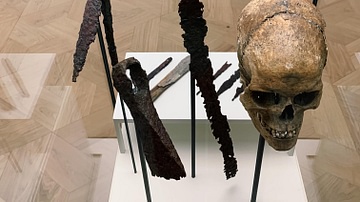
Image
Female Viking Warrior
Viking burial finds consisting of different weapons and a female skeleton. Possibly a female warrior from the latter half of the 10th century CE. Exhibited at the Museum of Cultural History in Oslo, Norway.
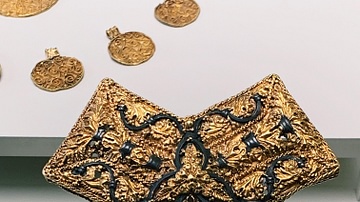
Image
Viking-Carolingian Golden Brooch
Golden Viking brooch originally from the Carolingian Empire, 9th century CE. Exhibited at the Museum of Cultural History in Oslo, Norway.